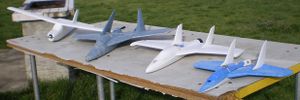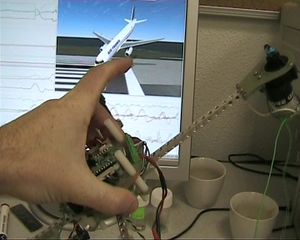Difference between revisions of "Main Page"
m (Reverted edits by 1173789194 (Talk); changed back to last version by Poine) |
|||
| Line 86: | Line 86: | ||
|- | |- | ||
|See you next year in [http://www.mav07.org Toulouse] for [http://www.mav07.org MAV07]. | |See you next year in [http://www.mav07.org Toulouse] for [http://www.mav07.org MAV07]. | ||
|} | |} | ||
|} | |} | ||
|} | |} | ||
Revision as of 17:41, 8 May 2007
Welcome To Paparazzi | |||||||||||||||||||
|
| ||||||||||||||||||


